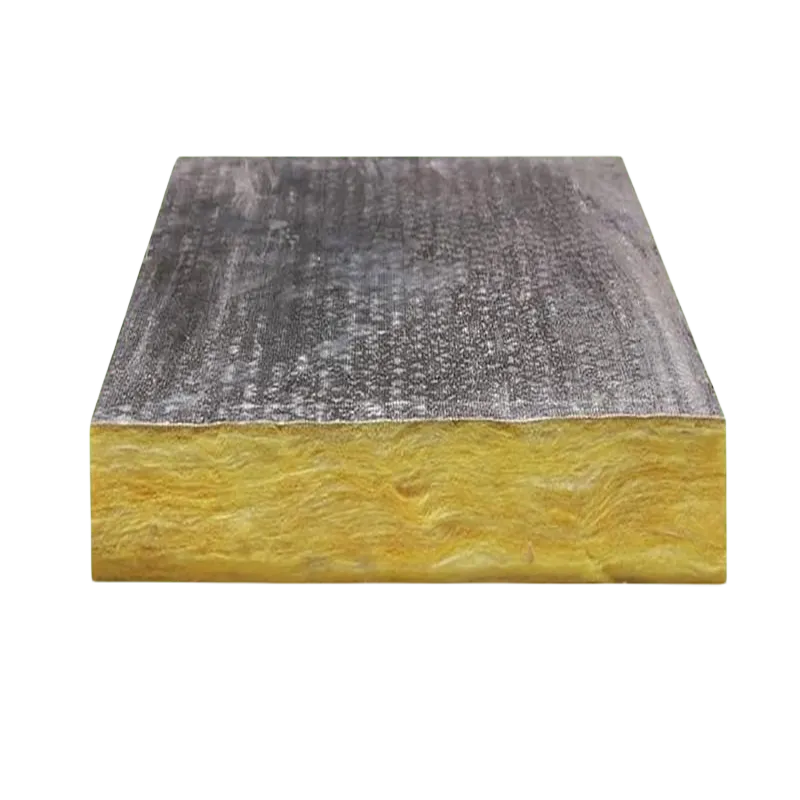Is Glass Wool the Same as Fiberglass?
Is Glass Wool the Same as Fiberglass
Glass Wool
In the world of insulation materials, glass wool and fiberglass are terms often used interchangeably, leading to confusion among consumers and professionals alike. While they share similarities, understanding their differences is crucial for selecting the right material for specific applications.

What is Glass Wool?
Glass wool, also known as fibreglass wool, is an insulating material made from strands of glass fibers arranged into a texture similar to wool. These fibers are typically bonded together using a binder to form sheets, rolls, or loose fill. Glass wool is known for its excellent thermal and acoustic insulation properties, making it a popular choice for various building applications.
What is Fiberglass?
Fiberglass, in a broader sense, refers to a composite material made of fine glass fibers embedded in a resin matrix. It is used in a wide range of products, including boat hulls, car bodies, and even some sports equipment. When it comes to insulation, the term fiberglass usually refers to the same material as glass wool – fibers of glass used to trap air and provide thermal insulation.
Key Similarities
1. Composition: Both glass wool and fiberglass insulation are made from glass fibers, often recycled glass, spun into fine strands.
2. Insulation Properties: Both materials are excellent insulators, providing effective thermal and acoustic barriers.
3. Applications: They are used in similar applications, such as insulating walls, roofs, ducts, and pipes.
Key Differences
1. Form and Usage: While glass wool specifically refers to the fibrous, wool-like insulation material, fiberglass can refer to a broader category of products beyond insulation, including structural components and molded products.
2. Manufacturing Process: The production processes can differ slightly, with variations in how the fibers are spun and bonded, leading to differences in texture and density.
3. Terminology: The term "glass wool" is more commonly used in Europe and Asia, whereas "fiberglass" is the preferred term in North America, particularly in the context of insulation.
Choosing the Right Material
When selecting insulation materials, it is important to consider specific requirements such as thermal resistance, acoustic properties, fire resistance, and ease of installation. Both glass wool and fiberglass insulation offer excellent performance in these areas, but understanding the nuances can help make a more informed decision.
In conclusion,in essence, while glass wool and fiberglass insulation are essentially the same in terms of material composition and primary uses, the distinction lies in terminology and the broader applications of fiberglass. By recognizing these differences, consumers and professionals can better navigate the options available and choose the most suitable insulation for their needs. Whether referred to as glass wool or fiberglass, these materials continue to play a vital role in enhancing energy efficiency and comfort in buildings worldwide.
 English
English
Roof Thermal Insulation with Aluminum Foil Veneer Glass Wool Board: A Smart Solution for Energy Efficiency
As energy costs rise and the demand for sustainable building solutions increases, roof thermal insulation has become a critical aspect of modern construction. One of the most effective materials for achieving superior insulation is the Aluminum Foil Veneer Glass Wool Board. This advanced insulation solution combines the thermal efficiency of glass wool with the reflective properties of aluminum foil, offering enhanced performance for roofing applications.
Read MoreRecycled Glass Wool Blanket for Building Insulation: A Sustainable Solution
As the demand for eco-friendly building materials increases, Recycled Glass Wool Blanket has emerged as an excellent choice for building insulation. Made from recycled glass, this material offers an environmentally responsible alternative to traditional insulation options, helping reduce waste while improving energy efficiency in homes and commercial buildings.
Read MoreEco-Friendly Materials: Glass Wool Blanket for Sustainable Insulation
As the world becomes more focused on sustainability and reducing environmental impact, eco-friendly materials have gained significant importance in construction and manufacturing. One such material that stands out in both environmental performance and versatility is Glass Wool Blanket. Made from recycled glass, this sustainable insulation solution offers a variety of benefits that help reduce energy consumption while contributing to a greener future.
Read More